Home>Furniture & Design>Bathroom Accessories>What Does A Plunger Do On A Recurve Bow
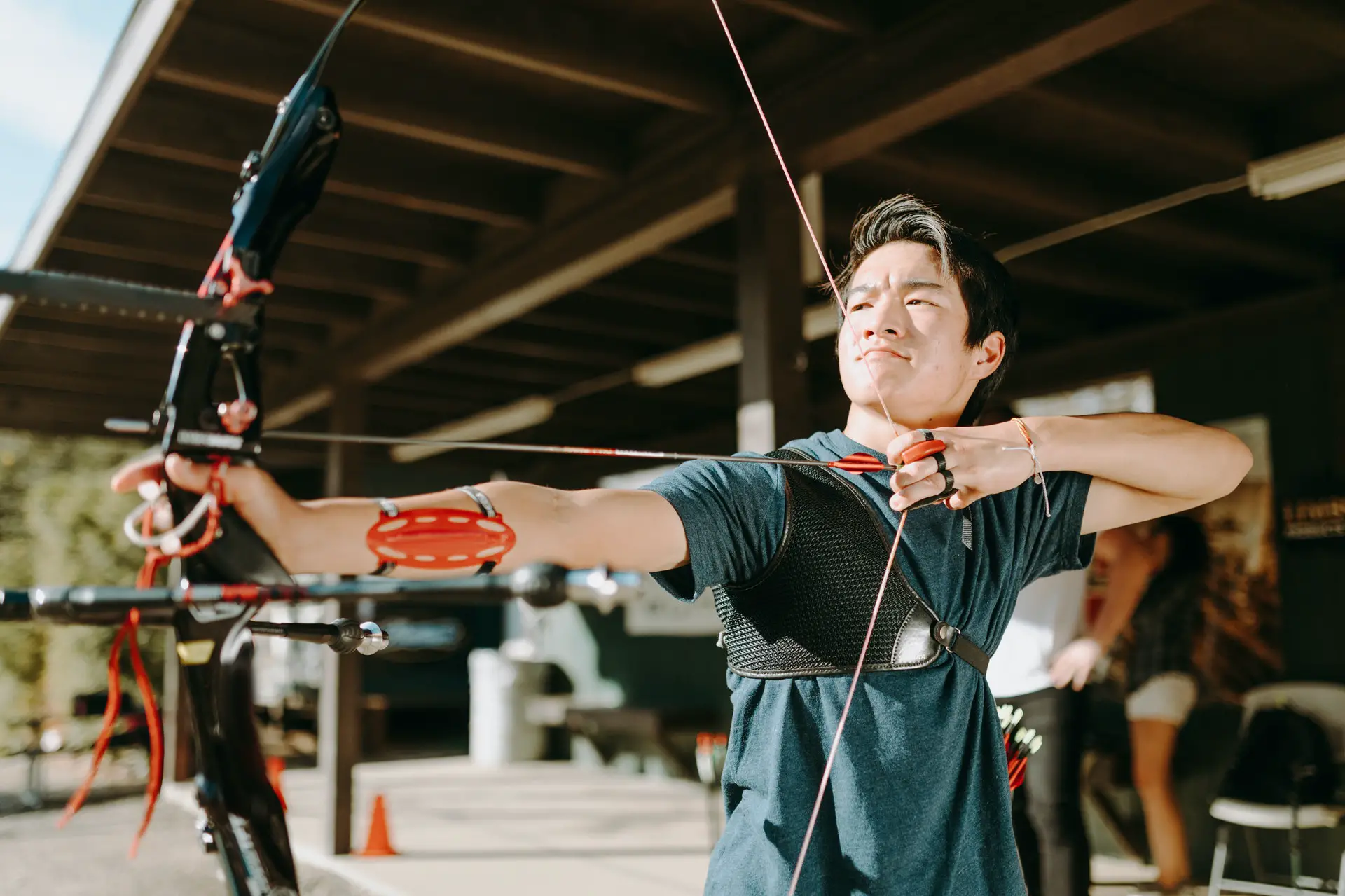

Bathroom Accessories
What Does A Plunger Do On A Recurve Bow
Published: February 12, 2024
Discover the role of a plunger on a recurve bow and its impact on your archery experience. Explore the benefits and functions of this essential bathroom accessory.
(Many of the links in this article redirect to a specific reviewed product. Your purchase of these products through affiliate links helps to generate commission for Storables.com, at no extra cost. Learn more)
Introduction
A plunger is a small yet crucial component of a recurve bow, playing a significant role in the precision and accuracy of each shot. This unassuming device may seem inconspicuous, but its impact on the bow's performance is substantial. Understanding the function, adjustment, and troubleshooting of a plunger is essential for any archer seeking to optimize their shooting experience.
The plunger, also known as a cushion plunger or arrow rest plunger, is designed to control the lateral movement of the arrow as it leaves the bow. Its primary function is to counteract the lateral forces exerted on the arrow during the release, thereby promoting a straight and stable arrow flight. By fine-tuning the plunger, archers can achieve optimal arrow clearance and minimize the effects of archer's paradox, ultimately leading to more consistent and accurate shots.
In the world of archery, precision is paramount, and the plunger serves as a critical tool in achieving this goal. Whether in target shooting or competitive archery, the ability to consistently hit the mark relies heavily on the proper function and adjustment of the plunger. As such, mastering the intricacies of the plunger is a fundamental aspect of honing one's archery skills.
Throughout this article, we will delve into the inner workings of the plunger, exploring its function, adjustment techniques, common issues, and troubleshooting methods. By gaining a comprehensive understanding of the plunger's role in the dynamics of a recurve bow, archers can elevate their shooting performance and embark on a journey towards precision and mastery.
Key Takeaways:
- The plunger on a recurve bow helps arrows fly straight by countering lateral forces, enhancing accuracy, and minimizing archer’s paradox. It’s like a precision guide for archers to hit their targets consistently.
- Adjusting the plunger’s pressure and position is crucial for optimizing arrow clearance and shot consistency. It’s like fine-tuning a musical instrument to create the perfect melody of arrow flight.
Read more: How To Store A Recurve Bow
Understanding the Function of a Plunger on a Recurve Bow
The plunger, an unassuming yet indispensable component of a recurve bow, serves a pivotal role in optimizing the arrow's flight trajectory. Its primary function is to counteract the lateral forces exerted on the arrow during release, thereby promoting a straight and stable arrow flight. This is achieved through the plunger's ability to adjust the arrow's clearance and mitigate the effects of archer's paradox, ultimately contributing to enhanced accuracy and consistency in shooting.
When an archer draws the bowstring and releases the arrow, lateral forces are exerted on the arrow due to imperfections in the arrow shaft, arrow rest, or the archer's release technique. These lateral forces can cause the arrow to veer off its intended path, leading to inconsistent and inaccurate shots. Here's where the plunger comes into play.
The plunger is strategically positioned on the riser of the bow, directly in line with the arrow rest. As the arrow is released, the plunger's tip applies controlled pressure against the arrow shaft, effectively counteracting the lateral forces and guiding the arrow towards a straight and stable flight path. By fine-tuning the plunger's pressure and position, archers can optimize the arrow's clearance and minimize the effects of archer's paradox, resulting in improved shot consistency and accuracy.
In essence, the plunger acts as a precision tuning mechanism, allowing archers to tailor the arrow's flight characteristics to their specific shooting style and bow setup. Whether it's fine-tuning the plunger's pressure to accommodate different arrow shaft stiffness or adjusting its position to achieve optimal arrow clearance, the plunger empowers archers to customize their equipment for maximum performance.
Furthermore, the plunger's role extends beyond mere arrow guidance; it also contributes to the overall comfort and stability of the shooting experience. By mitigating lateral arrow movement, the plunger minimizes the risk of arrow contact with the bow, reducing noise and vibration while enhancing the archer's shooting confidence.
In summary, the plunger's function on a recurve bow is multi-faceted, encompassing precise arrow guidance, optimization of arrow clearance, mitigation of archer's paradox, and enhancement of shooting comfort and stability. Its impact on the arrow's flight trajectory and the archer's overall performance underscores the significance of understanding and mastering the intricacies of this seemingly modest yet indispensable archery component.
How to Adjust and Tune a Plunger
Adjusting and tuning a plunger is a critical aspect of optimizing the performance of a recurve bow. By fine-tuning the plunger, archers can achieve optimal arrow clearance, mitigate the effects of archer's paradox, and enhance shot consistency and accuracy. Here's a comprehensive guide on how to adjust and tune a plunger to elevate your archery experience:
1. Understanding Plunger Adjustment
Before delving into the adjustment process, it's essential to comprehend the two primary parameters that can be adjusted on a plunger: pressure and position. The pressure adjustment involves regulating the amount of force exerted by the plunger against the arrow shaft, while the position adjustment entails aligning the plunger tip with the arrow rest to optimize arrow clearance.
2. Pressure Adjustment
To adjust the plunger's pressure, begin by identifying the pressure adjustment mechanism on the plunger assembly. Depending on the plunger model, this may involve turning a knob or screw to increase or decrease the pressure. It's crucial to make incremental adjustments and test the bow after each modification to gauge the impact on arrow flight.
Read more: What Does A Plunger Look Like
3. Position Adjustment
Position adjustment is equally vital in fine-tuning the plunger. Ensure that the plunger tip aligns precisely with the center of the arrow rest. This alignment optimizes arrow clearance and minimizes lateral arrow movement, contributing to a straight and stable arrow flight. Carefully adjust the plunger's position and verify its alignment with the arrow rest before testing the bow's performance.
4. Testing and Iteration
After making pressure and position adjustments, it's imperative to test the bow's performance by shooting a series of arrows. Observe the arrow flight trajectory and assess the consistency and accuracy of the shots. If necessary, iterate the adjustment process, making incremental changes to the plunger's pressure and position until the desired arrow flight characteristics are achieved.
5. Considerations for Different Shooting Styles
It's important to note that the optimal plunger adjustments may vary based on an archer's shooting style, arrow stiffness, and bow setup. Experiment with different plunger settings to accommodate these variables and tailor the bow's performance to your specific preferences and requirements.
By mastering the art of adjusting and tuning a plunger, archers can unlock the full potential of their recurve bows, paving the way for enhanced precision, consistency, and shooting satisfaction. The iterative process of fine-tuning the plunger empowers archers to customize their equipment to suit their unique shooting style, ultimately leading to improved performance on the archery range or in competitive settings.
Common Issues and Troubleshooting with Plungers
Even with meticulous adjustment and tuning, archers may encounter common issues related to plungers that can affect the performance of their recurve bows. Understanding these issues and implementing effective troubleshooting measures is essential for maintaining optimal shooting consistency and accuracy. Here are some common issues and troubleshooting strategies related to plungers:
Read more: What Is A Plunger For
1. Arrow Veering Off Course
Issue: If the arrow consistently veers off its intended trajectory, it may indicate a misalignment or inadequate pressure adjustment of the plunger.
Troubleshooting: Begin by verifying the alignment of the plunger tip with the arrow rest. Ensure that the plunger is positioned to provide optimal arrow clearance and that the tip aligns precisely with the center of the arrow rest. Additionally, consider adjusting the plunger's pressure to counteract lateral forces and promote a straighter arrow flight.
2. Inconsistent Arrow Flight
Issue: Inconsistency in arrow flight, characterized by erratic deviations in arrow trajectory, can be attributed to suboptimal plunger settings.
Troubleshooting: Evaluate the plunger's pressure and position adjustments to determine if they are conducive to consistent arrow flight. Make incremental changes to the plunger's pressure and position, testing the bow after each adjustment to gauge its impact on shot consistency. Iteratively fine-tune the plunger settings until a more consistent arrow flight is achieved.
3. Excessive Arrow Contact with Bow
Issue: If the arrow frequently makes contact with the bow, leading to disruptive noise and potential accuracy issues, the plunger settings may require attention.
Troubleshooting: Reassess the plunger's position and pressure to mitigate excessive arrow contact with the bow. Ensure that the plunger tip aligns precisely with the arrow rest, optimizing arrow clearance to minimize the risk of contact. Fine-tune the plunger's pressure to provide adequate support for the arrow without inducing unnecessary lateral movement.
4. Arrow Rest Displacement
Issue: The arrow rest, in conjunction with the plunger, plays a crucial role in arrow guidance. Displacement or instability of the arrow rest can impact arrow flight.
Troubleshooting: Inspect the arrow rest for any signs of displacement or instability. Ensure that it is securely fastened and aligned with the plunger. Address any issues with the arrow rest to maintain its synergy with the plunger in guiding the arrow's trajectory effectively.
By recognizing these common issues and implementing targeted troubleshooting strategies, archers can address plunger-related challenges and optimize the performance of their recurve bows. Regular assessment and fine-tuning of the plunger settings are integral to maintaining consistent and accurate arrow flight, ultimately enhancing the archery experience.
Read more: What Is A Plunger Pump
Conclusion
In conclusion, the plunger stands as a pivotal element in the intricate dynamics of a recurve bow, wielding a profound influence on arrow flight trajectory, shot consistency, and overall shooting performance. Its multifaceted role in counteracting lateral forces, optimizing arrow clearance, and mitigating the effects of archer's paradox underscores its significance as a precision tuning mechanism.
By understanding the function of the plunger and mastering the art of adjustment and tuning, archers can unlock the full potential of their recurve bows, paving the way for enhanced precision, consistency, and shooting satisfaction. The iterative process of fine-tuning the plunger empowers archers to customize their equipment to suit their unique shooting style, ultimately leading to improved performance on the archery range or in competitive settings.
Moreover, the plunger's impact extends beyond technical adjustments, encompassing the enhancement of shooting comfort and stability. By mitigating lateral arrow movement and minimizing the risk of arrow contact with the bow, the plunger contributes to a more enjoyable and confidence-inspiring shooting experience.
However, challenges may arise, and understanding common issues related to plungers is crucial for archers seeking to maintain optimal shooting consistency and accuracy. By recognizing these issues and implementing effective troubleshooting strategies, archers can address plunger-related challenges and ensure the continued optimization of their recurve bows.
In essence, the plunger epitomizes the marriage of precision engineering and archery finesse, serving as a testament to the meticulous attention to detail that defines the pursuit of shooting excellence. Its unassuming stature belies its profound impact, making it an indispensable ally for archers striving for mastery and precision in every shot.
As archers continue to hone their skills and refine their equipment, the plunger remains a steadfast companion, steadfastly guiding arrows towards their intended targets and contributing to the timeless pursuit of archery mastery.
Frequently Asked Questions about What Does A Plunger Do On A Recurve Bow
Was this page helpful?
At Storables.com, we guarantee accurate and reliable information. Our content, validated by Expert Board Contributors, is crafted following stringent Editorial Policies. We're committed to providing you with well-researched, expert-backed insights for all your informational needs.
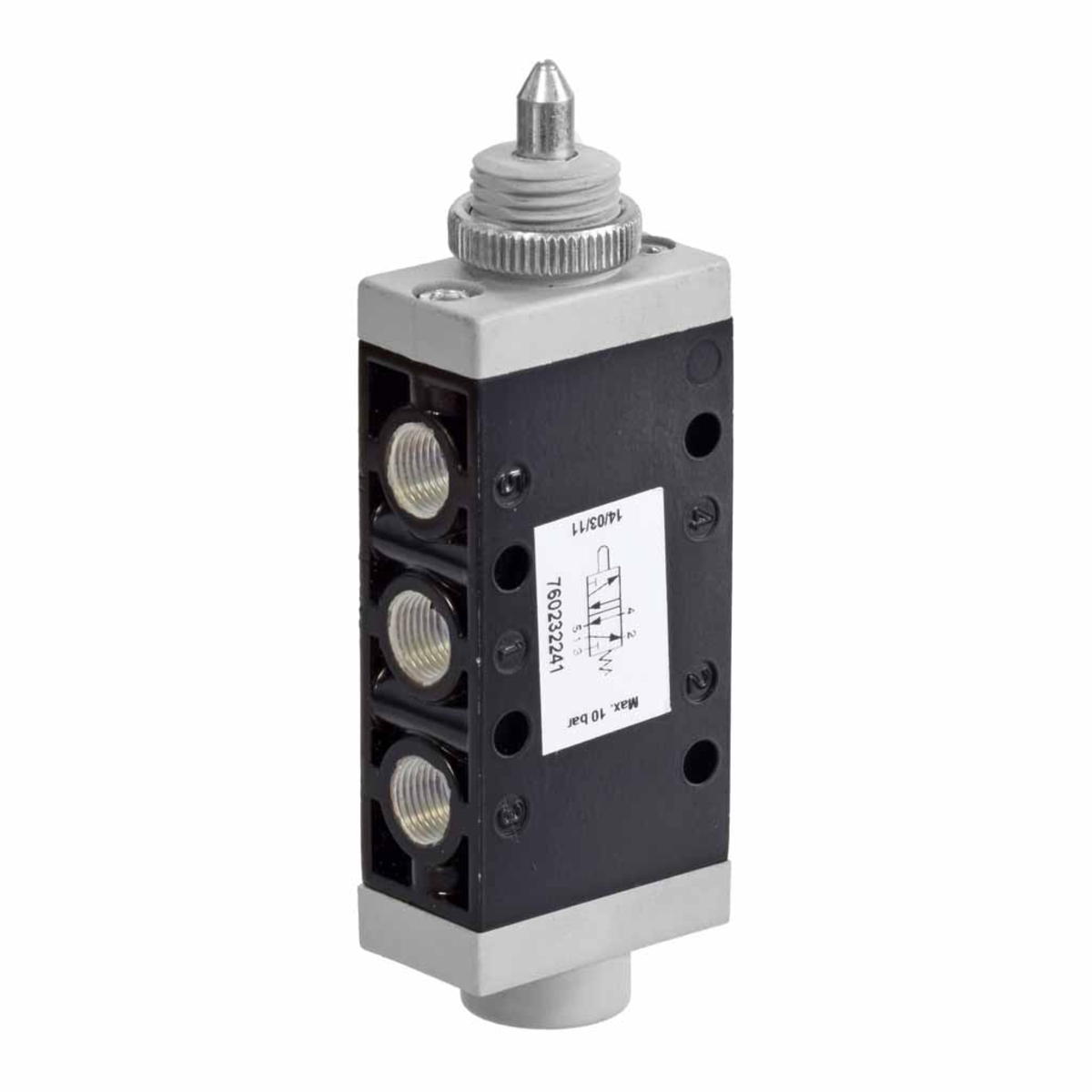
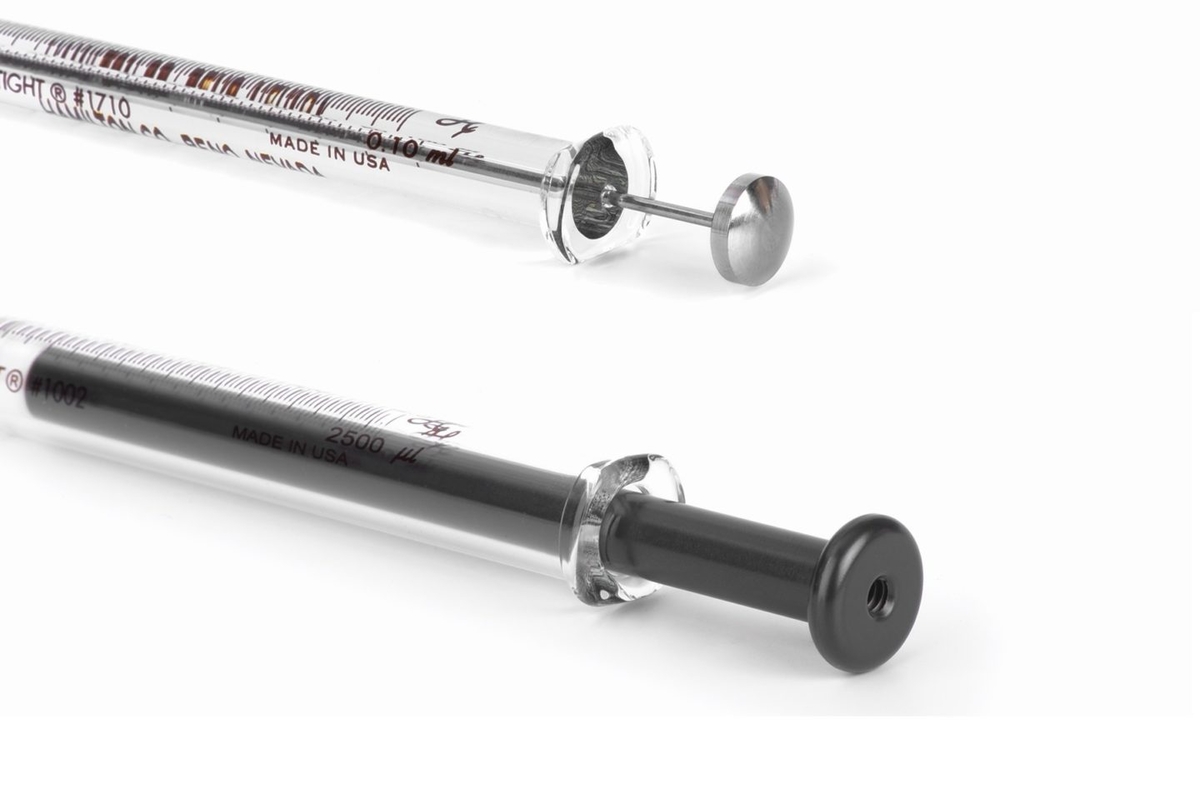
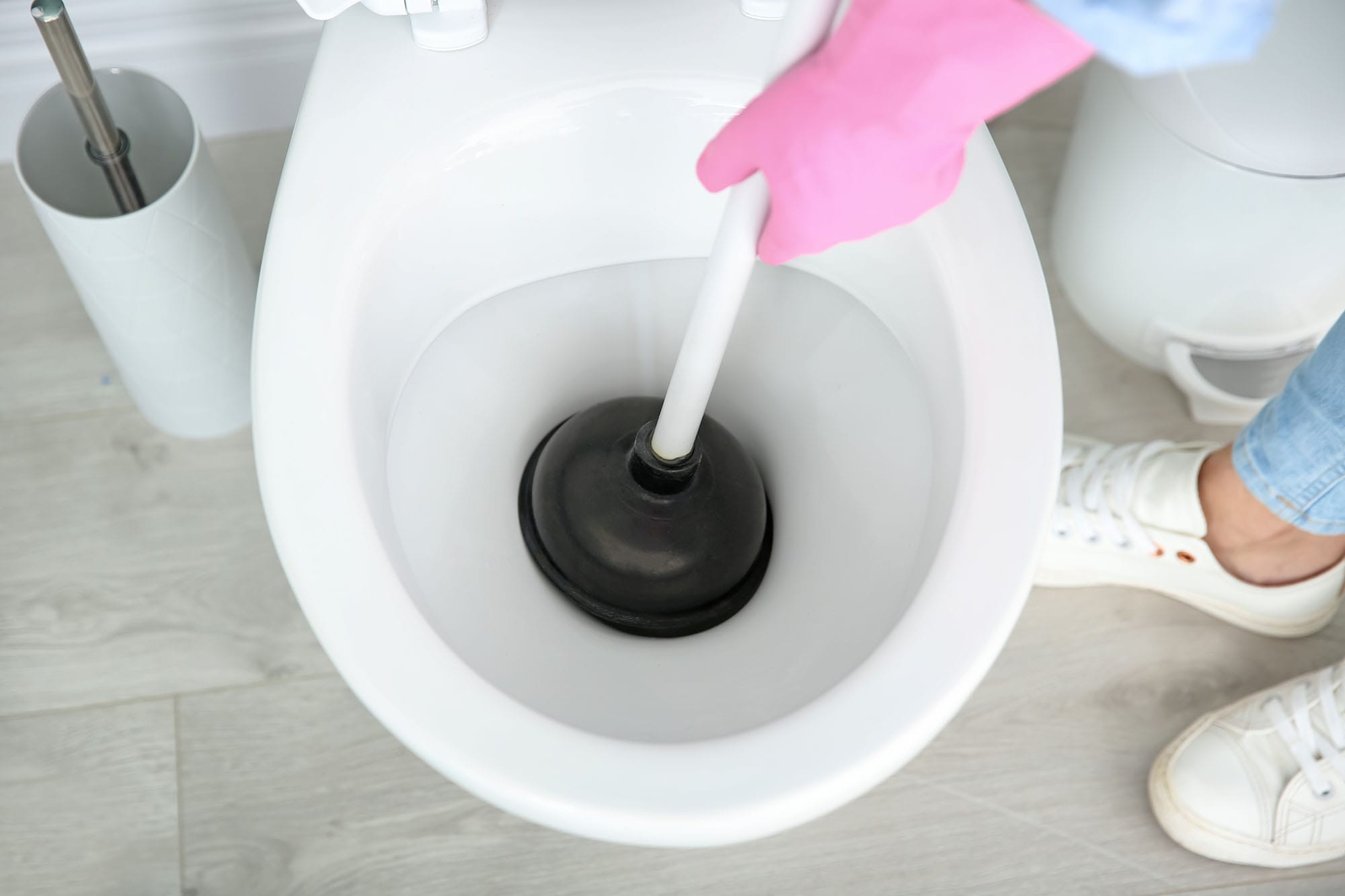
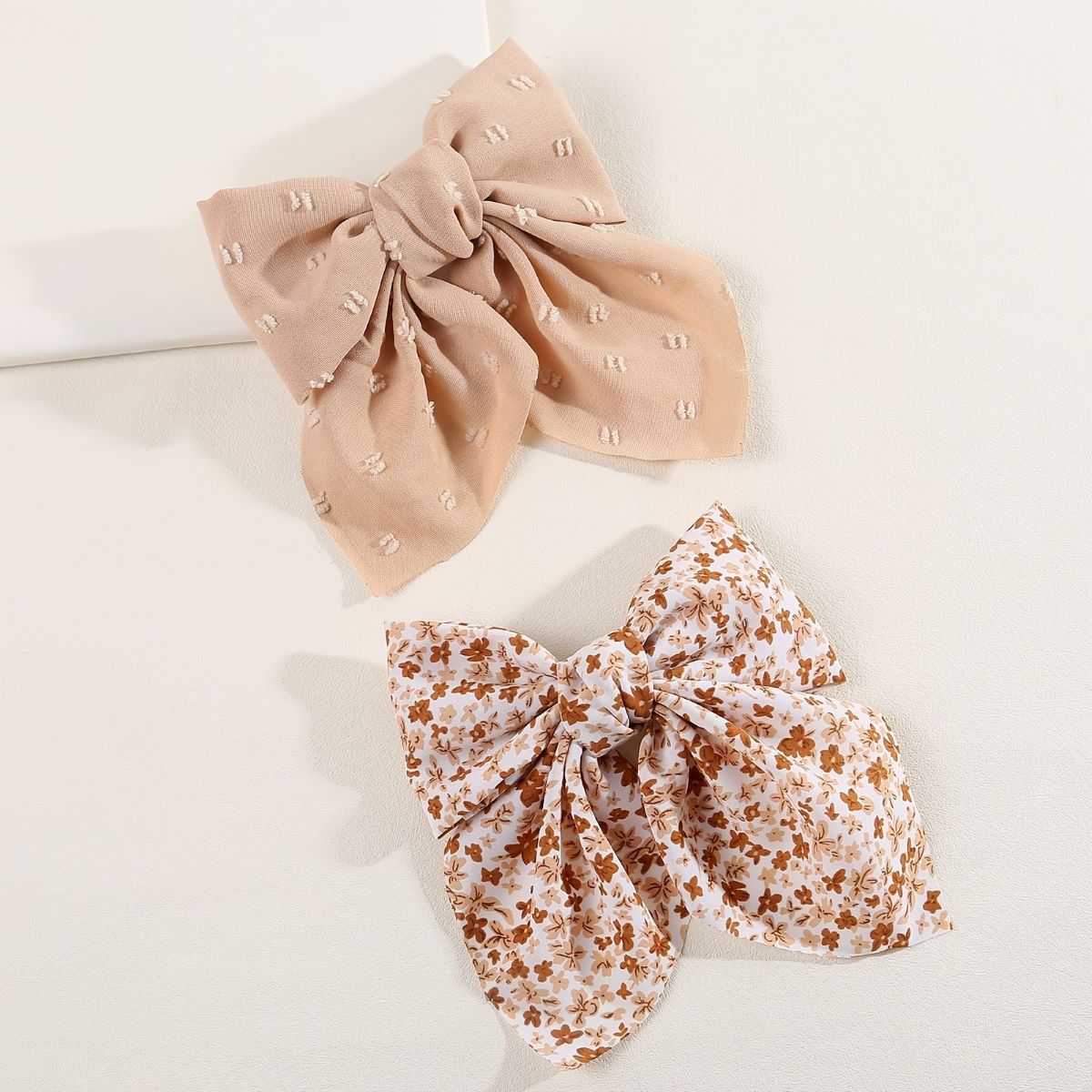
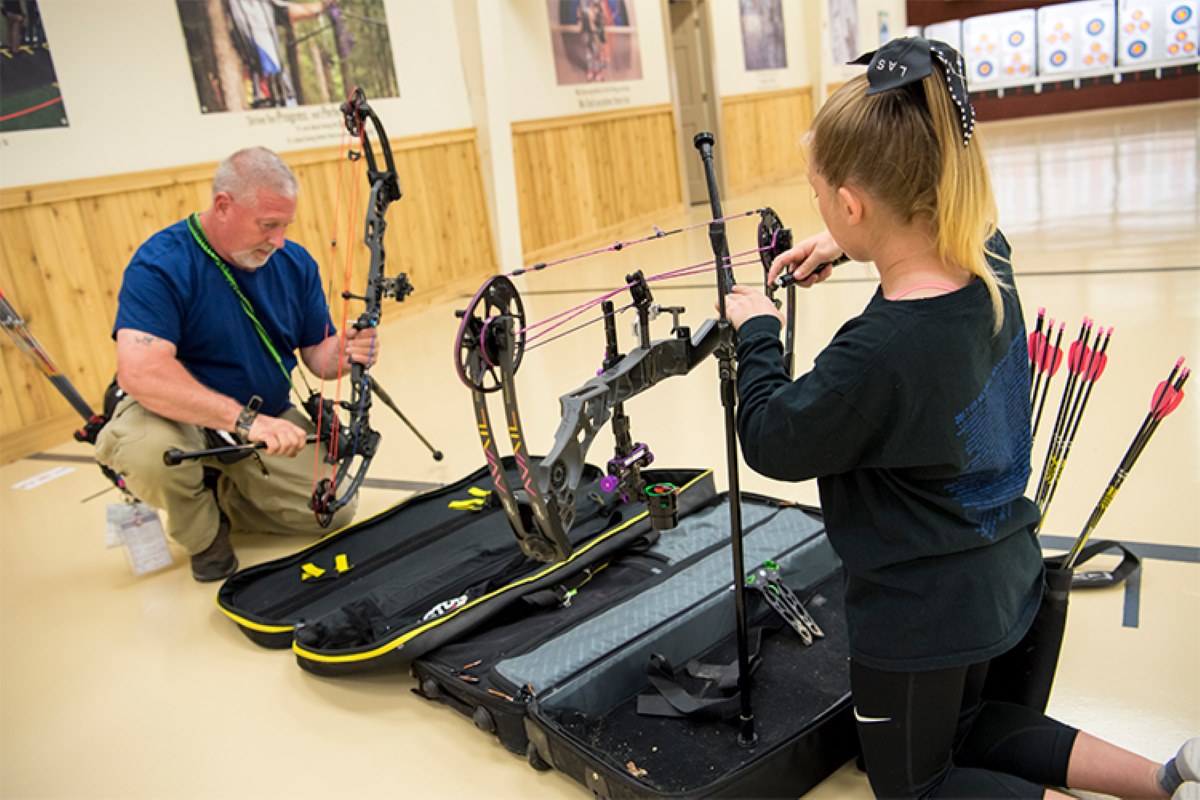
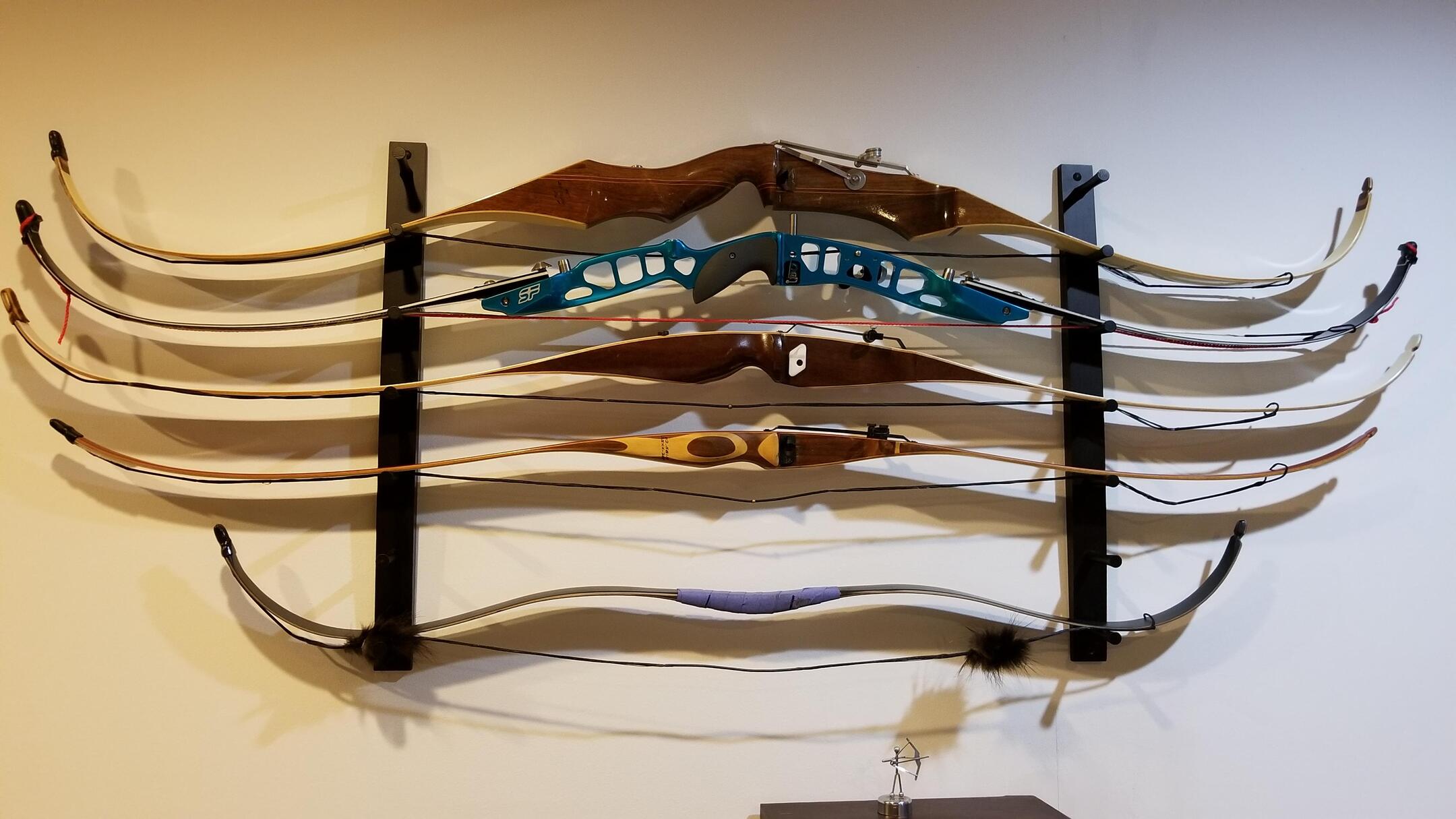

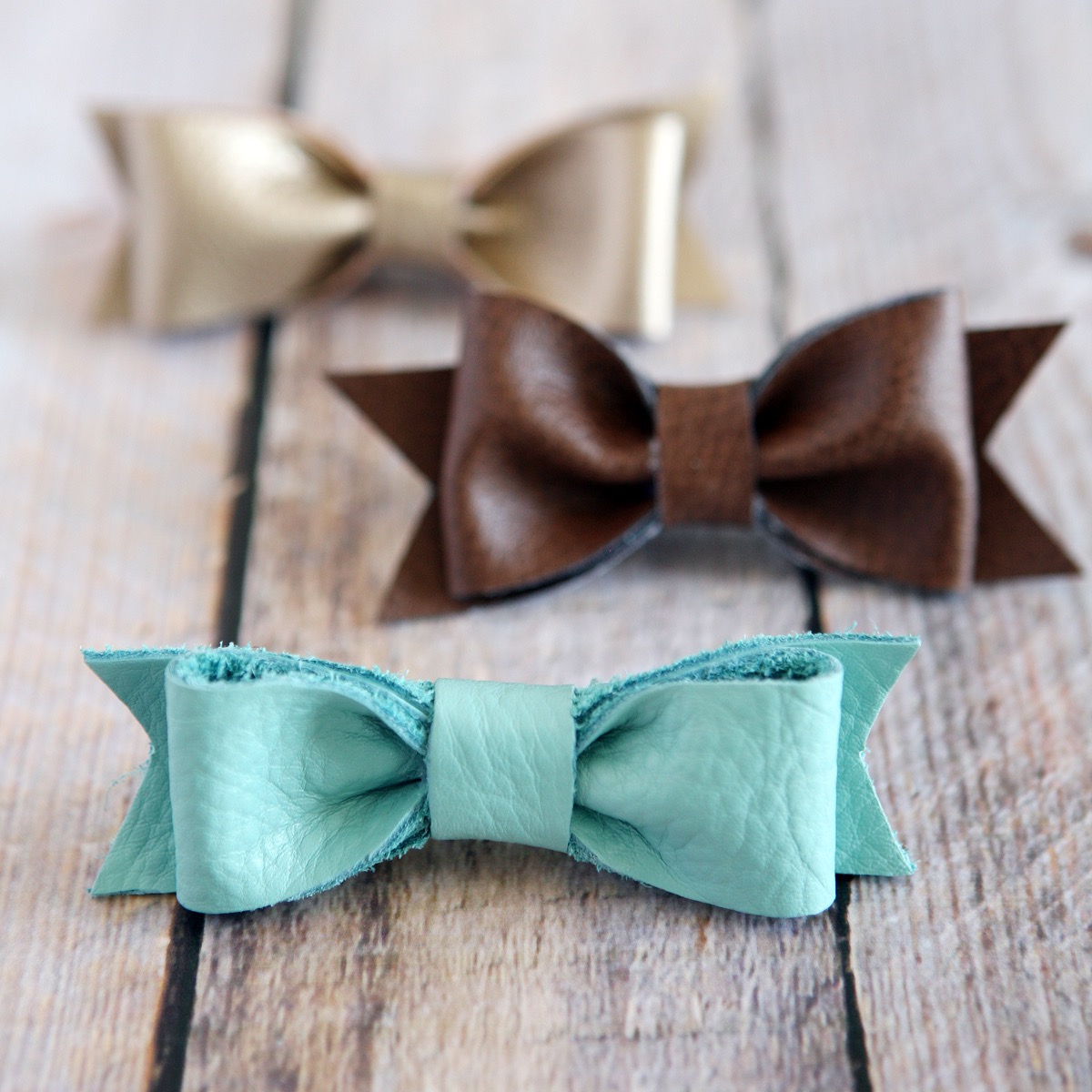
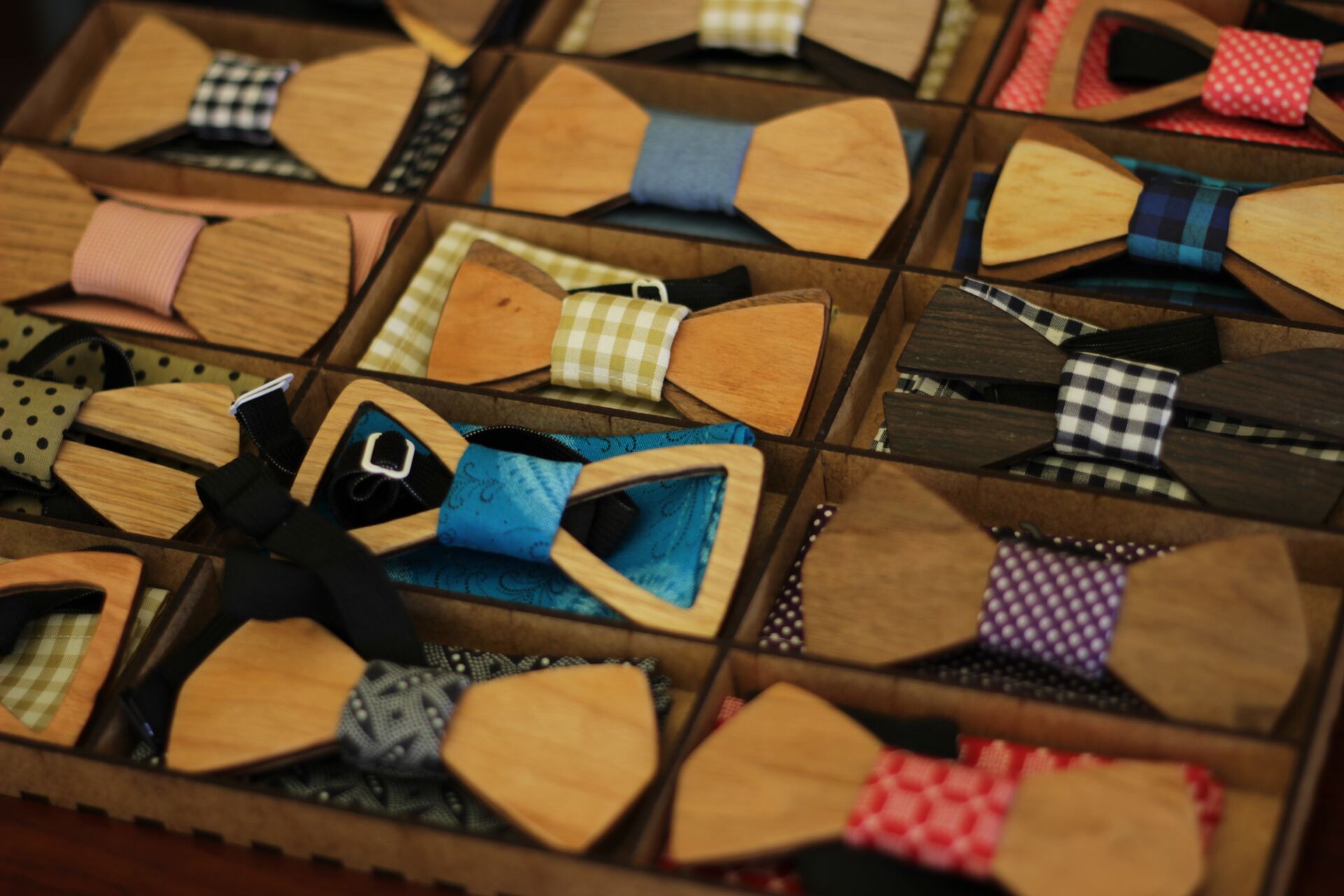
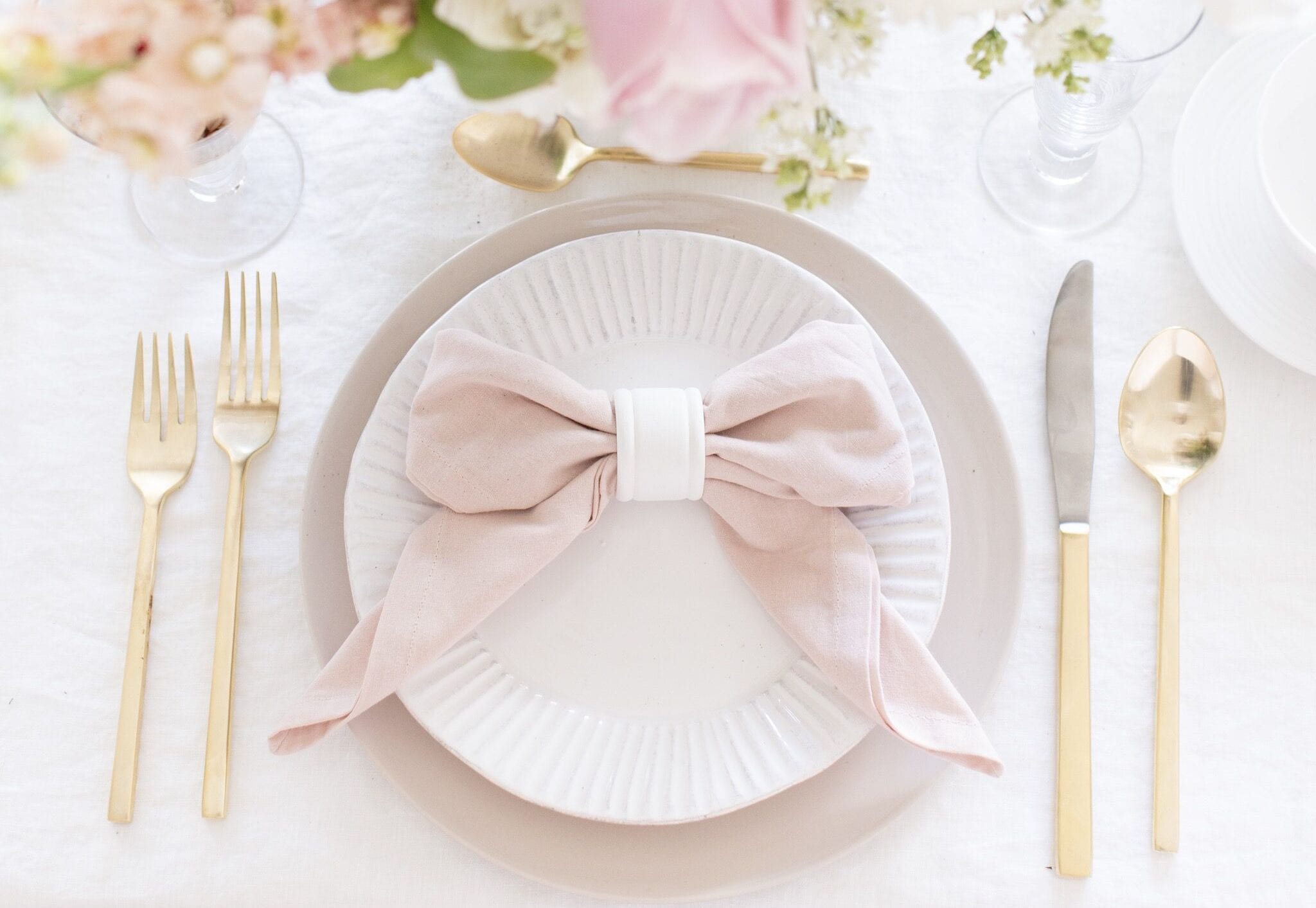
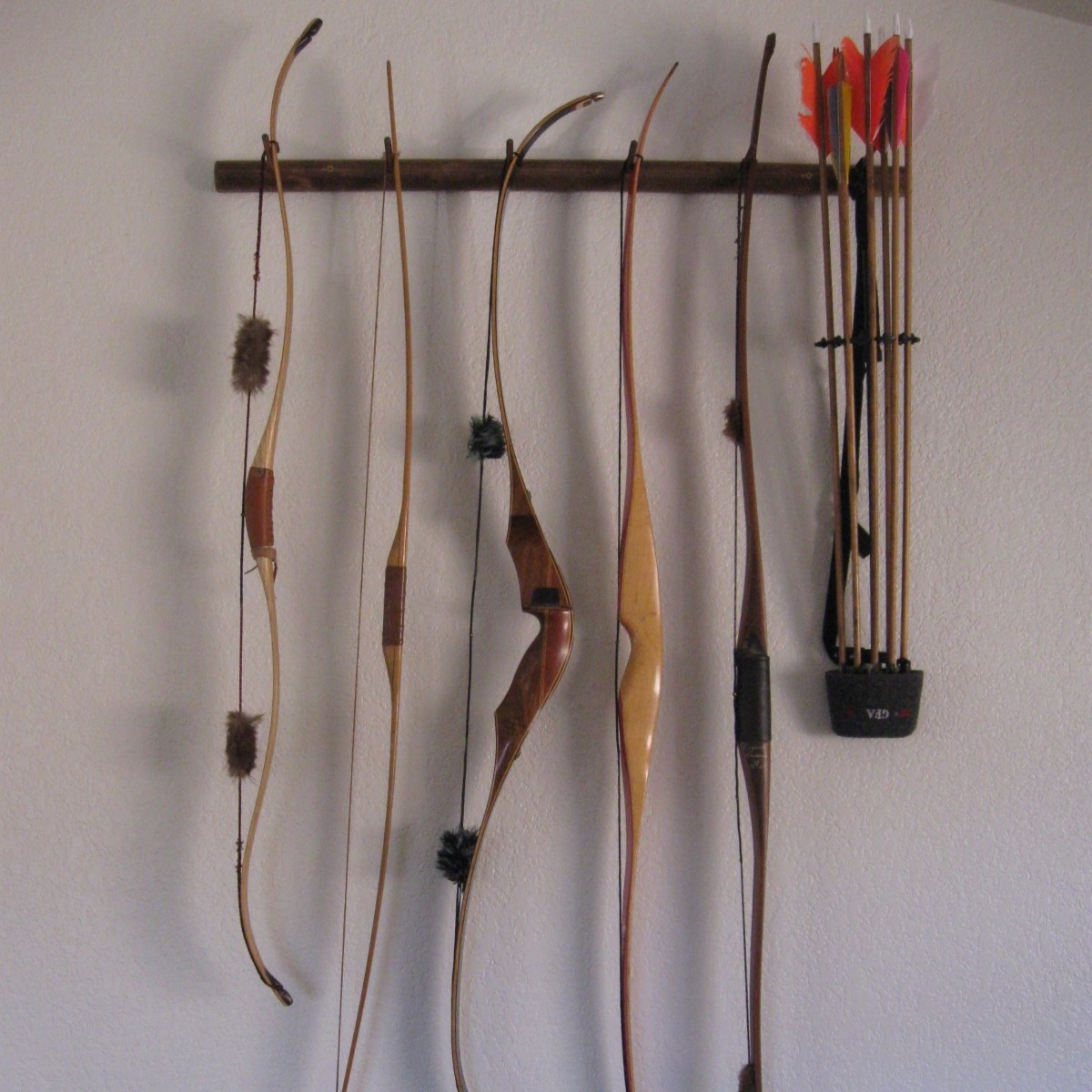
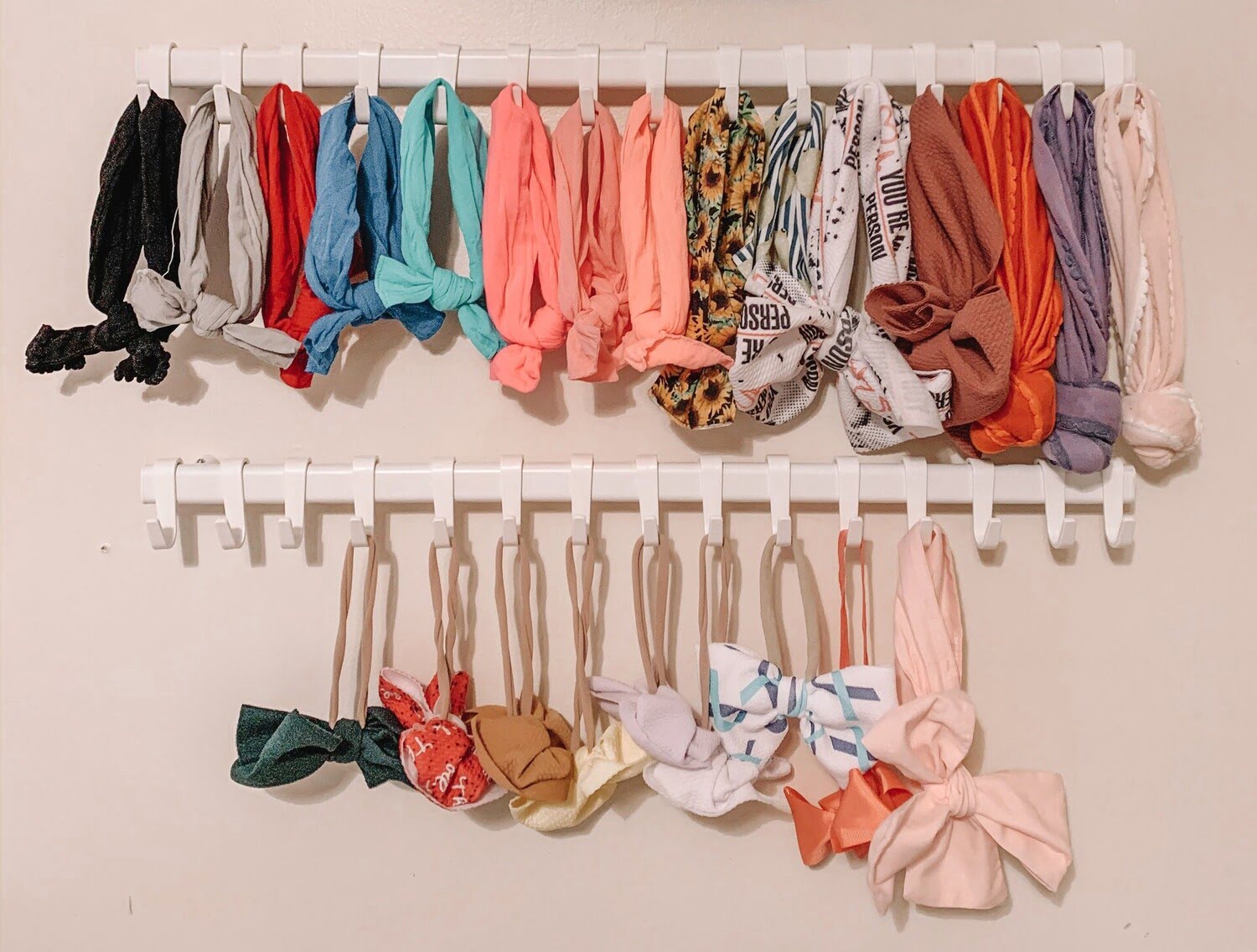

0 thoughts on “What Does A Plunger Do On A Recurve Bow”